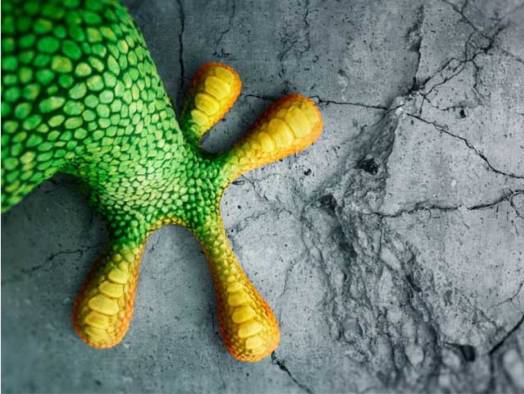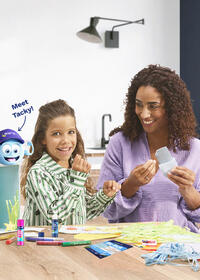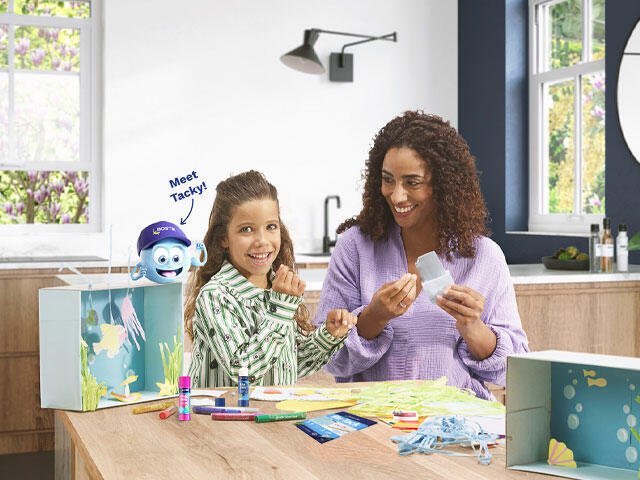Looks like a sticky situation!
Unfortunately your requested page cannot be found.
Need help finding what you are looking for?
Alternatively, take a look at our product ranges below

Bostik DIY solutions
View our range of innovative adhesive solutions. Select your job for more guidance.










